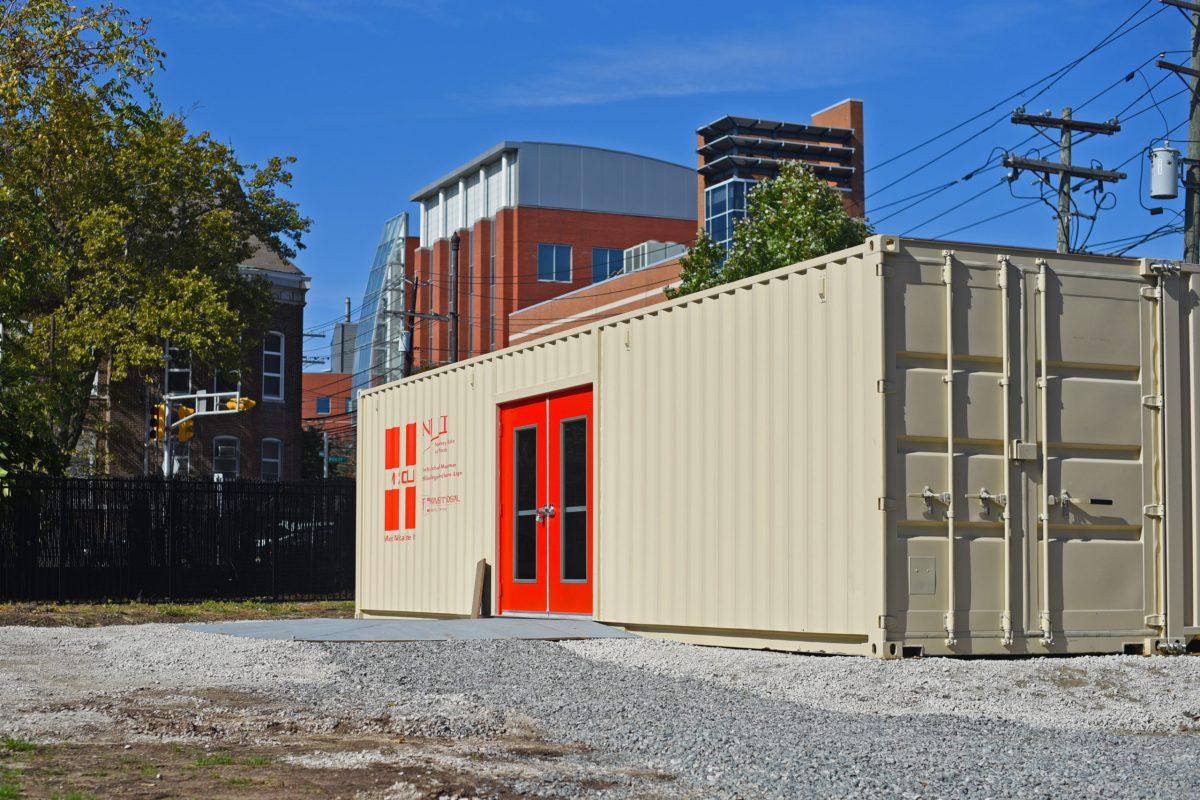Last week we discussed why you should consider leaving languages like Java and Python and switching to Go. I provided a quick example of how to write a web server using go, pretty easy right? This week I wanted to dive into something a bit more in depth to show off the power of Go: concurrency.
No real programming interview (in any programming language) is complete without a question about threads and or concurrency. Whether you plan on using Go or not, and I highly recommend that you do, learning a few things on this topic will help you out in an interview, and maybe even in one of your classes.
Tip #1
Concurrency, although usually associated with multithreading, is NOT the same as multithreading. In fact, you can do concurrent programming in a single thread. Here is an example using Go.
In Go there is something called a channel. Channels allow two goroutines to communicate.
Make a channel:
myChannel := make(chan int)
Push to a channel:
myChannel <- 42
Read from a channel:
value = <- myChannel Channels can be used with select statements in Go. Here is an example: select { case v1 := <- myChannel: fmt.Printf(“%v from myChanneln”, v1) case v2 := <-c2: fmt.Printf(“received %v from yourChannel n”, v1) case c3 <- 23: fmt.Printf(“Sending data using select”, 23) default: fmt.Printf(“None of the channels were readyn”) } Here is a cool working example from http://play.golang.org/p/9U22NfrXeq // A concurrent prime sieve package main // Send the sequence 2, 3, 4, … to channel ‘ch’.func Generate(ch chan<- int) { for i := 2; ; i++ { ch <- i // Send ‘i’ to channel ‘ch’. }} // Copy the values from channel ‘in’ to channel ‘out’,// removing those divisible by ‘prime’.func Filter(in <-chan int, out chan<- int, prime int) { for { i := <-in // Receive value from ‘in’. if i%prime != 0 { out <- i // Send ‘i’ to ‘out’. } }}// The prime sieve: Daisy-chain Filter processes.func main() { ch := make(chan int) // Create a new channel. go Generate(ch) // Launch Generate goroutine. for i := 0; i < 10; i++ { prime := <-ch print(prime, “n”) ch1 := make(chan int) go Filter(ch, ch1, prime) ch = ch1 }}
Take a look and nuances here to really grasp some of the beauty of the Go programming language. See if you can figure out how this program works. I will discuss this further in upcoming articles. If you have any questions about Go, this program or this article drop me an email at [email protected].































